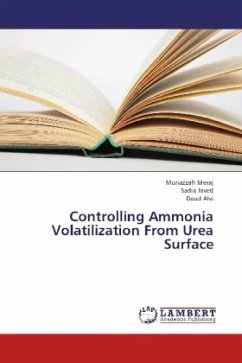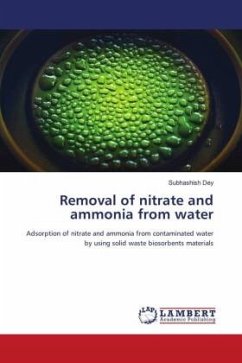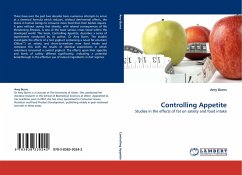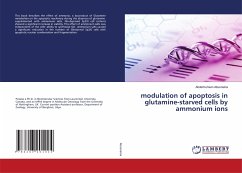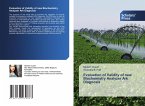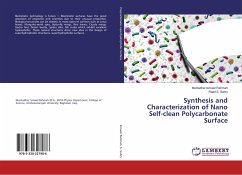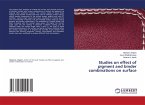Fertilizer consumption has increased three fold during the past 30 years. It reached one million nutrient tones in 1980/81, two million tons in 1992/93 and three million tons in 2002/03. Urea, today, is made in approximately 75 factories worldwide with a total capacity approaching 100,000,000 tons annually. Urea hydrolyzed by urease. Sodium Thiosulfate (ST) has been reported to inhibit nitrification and urea hydrolysis and thereby reduces volatilization of urea nitrogen as ammonia from soils fertilized with urea. A laboratory experiment was carried out by adding ST to urea (10 % by volume). We evaluated ST as a soil urease inhibitor by studying its effects on urea hydrolysis. Encouraging results were found in reducing NH3 losses when ST was applied it reduced NH3 losses in cotton 35.13%, 31.65% and 35.35%, 32.77% in Rice soils in first and second experiment respectively. It functions as urease and nitrification inhibitor.
Bitte wählen Sie Ihr Anliegen aus.
Rechnungen
Retourenschein anfordern
Bestellstatus
Storno

